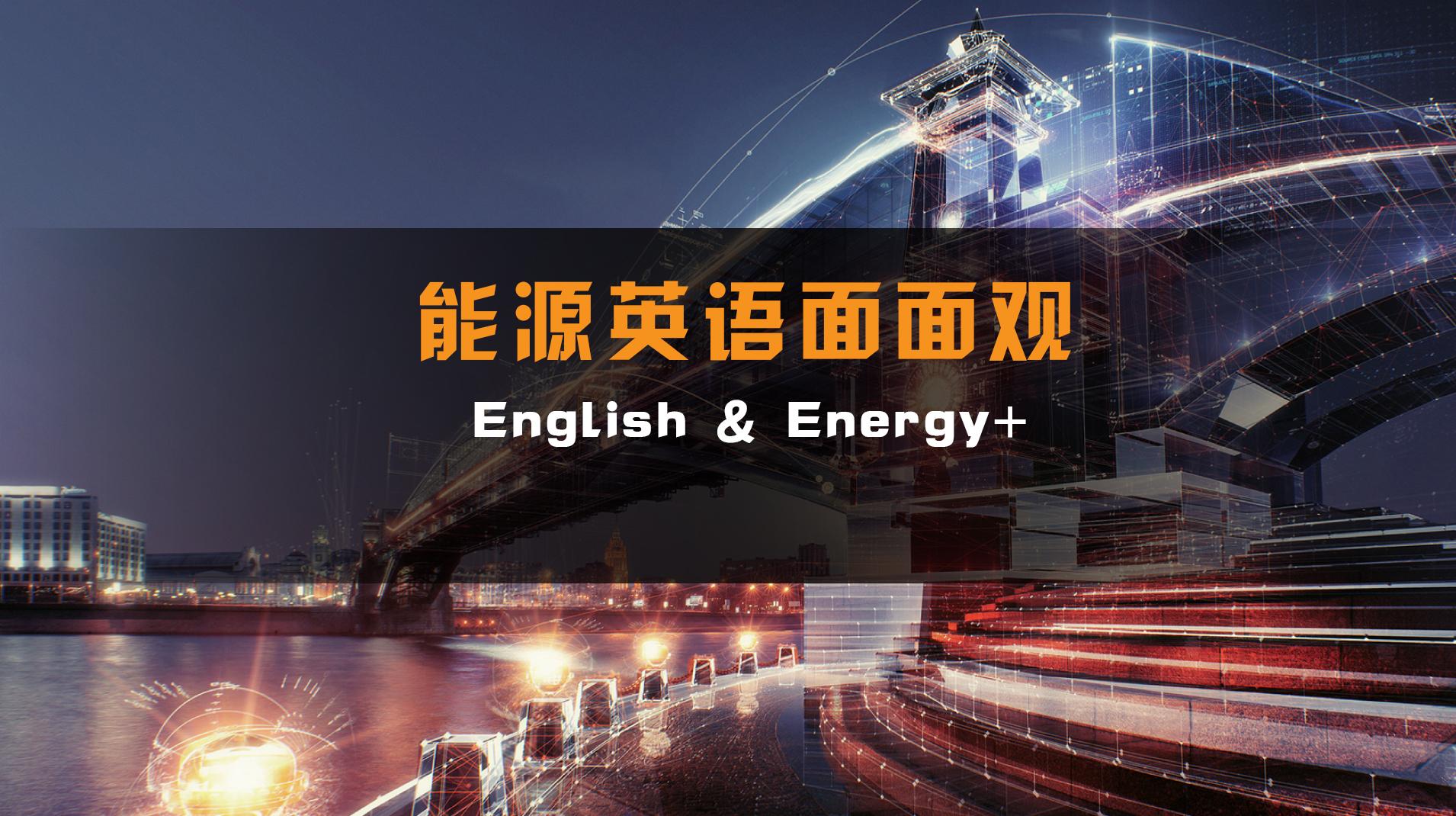第五章测试1.
The ancient ( ), were all formed along the rivers.
A:Industries B:Civilizations C:Trade D:Cultures
答案:B
2.
Before the industrial revolution, the most important resources were ( ) in agricultural society
A:Oil and water B:Land and water C:Coal and oil D:Land and oil 3.
After the industrial revolution, the key energy transferred to ( ).
A:oil B:fuels C:fossil fuels D:coal 4.
people build dams and levees to control the flooding. These projects, as well as reservoirs and wells, were called ( ).
A:water projects B:hydraulic projects C:water engineering D:hydraulic engineering 5.
One of the reasons of the bad economic situation in Arabian world, may be attributed to the disruptive fracking technology improvement in ( ).
A:the Middle East B:European countries C:the U.S.A D:East Asia 6.
Before fossil fuels were exploited and applied on a large scale, ( ) the main source of energy in ancient China.
A:Wood and charcoal B:Coal and oil C:Water and wind D:Solar energy 7.
The poem Old Charcoal Man told us a fact that the royal family, as well as the common people living in cities, need to purchase Charcoal for their ( ).
A:special production B:sacrifice rituals C:awards to the courtiers D:daily supply 8.
Charcoal had been the main fuel of smelting and casting industry before ( ).
A:Yuan Dynasty B:Tang Dynasty C:Song Dynasty D:Ming Dynasty 9.
The uncontrolled use of firewood ultimately led to serious consequence —( ).
A:Vegetation deterioration B:Political upheaval C:Human migration D:Economic decline 10.
When the driving force of social transformation was mainly from the South and overseas, the ancient empire had to move towards early industrialization, in the way of separating ( ) and financial capital.
A:oil supply B:coal supply C:business centers D:energy resources 11.
In modern society, ( ), as the primary source of energy, would affect the national security.
A:fossil fuels B:coal C:nuclear energy D:petroleum 12.
Greenspan once said: “Oil is the blood of ( ).”
A:International business B:Modern industry C:Modern economics D:World market 13.
By ( ), with the imported oil accounting for 80%, China is almost becoming a country totally dependent on imported oil.
A:2022 B:2020 C:2021 D:2019 14.
China is constructing mutually beneficial relationships with all the countries along ( ).
A:the Belt and Road B:the South China Sea C:the Strait of Malacca D:the Middle East 15.
The South China Sea contains the world's largest reserve of ( ).
A:combustible ice B:petroleum C:heavy oil D:gas 16.
The international organization of financial system that President Roosevelt proposed after WWII to establish is ( ).
A:the United Nations B:the Bretton Woods system C:the World Trade Organization D:the General Agreement on Tariffs and Trade 17.
Within the Bretton Woods system, the United States promised to exchange the dollars for gold at a fixed rate of ( ) dollars per ounce.
A:35 B:45 C:46 D:36 18.
In 1974 the United States made a deal with ( )for a military alliance, which thus led to the petroleum trade being priced in the U.S. dollars.
A:Saudi Arabia B:The Middle East C:OPEC D:Syria 19.
After 1973, by linking the dollar to oil, a direct consequence of fighting in oil-producing countries is the soaring oil prices, which means ( ) for the dollar.
A:Lower demand B:lower supply C:higher demand D:higher supply 20.
The first decree issued by the Interim Government was to declare Iraq's oil exports to be priced in dollars again instead of ( ).
A:Iraqi dinar B:Gold C:French Franc D:Euros 21.
Venezuela, a country located in north of ( ), once has been one of the world's largest exporters of oil and has the world's largest ( ).
A:Africa, proven oil reserves B:Africa, oil reserves C:South America, oil reserves D:south America, proven oil reserves 22.
The term Dutch Disease was coined in ( ) to explain a sharp decline in the Dutch economy following their discovery of ( )in 1959.
A:1966, natural petroleum reserves B:1977, natural gas reserves C:1966, natural gas reserves D:1977, natural petroleum reserves 23.
Hyperinflation is a very high, rapid, and continuous ( ), within which the prices of goods and services quickly rise to a level so high.
A:Economic decline B:Price rising C:Inflation D:Economic crisis 24.
the so-called oil curse has not only caused Venezuela’s economic decline, but also deteriorated its ( ) climate.
A:social B:cultural C:educational D:political 25.
which of the country is the blogger from?
A:The U.S.A B:China C:Britain D:Spain 26.
Which movies did the blogger compare the climate of Beijing to?
A:The lord of the Ring B:Harry Porter C:Dungeons and Dragons D:Inception 27.
For London, the disaster was the Great Smog of ( ).
A:1961 B:1952 C:1955 D:1962 28.
In 19th-century London, ( ) was the main source of smog.
A:Burning charcoal B:Burning coal C:Burning wood D:Burning kerosene 29.
In history, which river once has been declared biologically dead, no longer able to support any life?
A:Ganges B:Nile river C:the River Thames D:Mekong River 30.
While it has set targets to increase its consumption of ( ), China remains the world’s top producer and consumer of coal
A:alternative energy B:non-fossil fuel energy C:green energy D:sustainable energy


